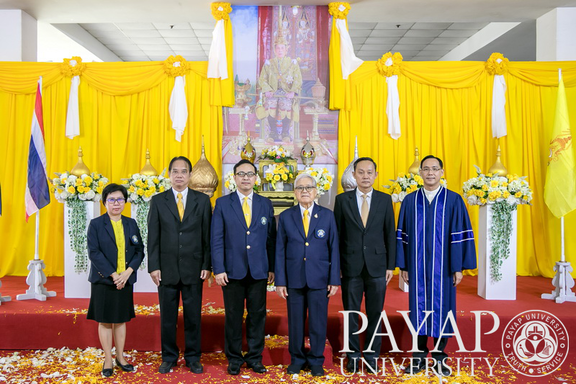|
Nation, Religion and Sovereign are the 3 pillars supporting Thai culture, as every school child knows. It is a trope and a pledge. It is beyond debate. It tells Thai people they are unique and special. They are identified by their nationality, religion, and King.
Tuesday, July 28 is the 67th birthday anniversary of His Majesty the King, Rama X. It is a good day and for a number of reasons the right year to notice that for the first time in half a century the role of the King is being redefined. There are two developing points of view about this redefinition. On the one hand are those who would agree, if required to form an opinion, that the King is the King so he can design whatever role he wants. His father did it one way, he will do it another way. On the other hand are those who are growing adamant that this new direction is essentially undoing the concept of a constitutional monarchy and re-establishing absolutism. In this case, the absolute sovereignty being renewed is due to royal power being shared with the military whereby the rule of law is being made compliant. The thing to notice is that people are beginning to reconsider just how this particular monarch contributes to their identity as Thai. When people these days say that the King is an essential part of one’s being Thai, it means something quite different than it did 10 years ago. For the time being there is an uneasy agreement that being Thai means being Buddhist – unless you want to be something else (Muslim or Christian being two main options). It is Thai Buddhism, nevertheless, that most clearly designates the religion of Thai culture. Temples are the iconic indicators of Thai identity. Even something as integral to Christianity as Christian theology is incomprehensible and dysfunctional to Thai church members without being connected to Buddhist cultural foundations. When these foundations are unrecognized or ignored they are all the more influential. A large unhappy section of the Thai population in the three southernmost provinces is in favor of some form of independence for this very reason, realizing that they can simply never be Thai that way. The thing to notice is that for the time being a consensus has been arrived at whereby the Buddhist majority will not demand that Buddhism be made the state religion and almost everybody composes a religious aspect for their life as they wish. It would seem that the least controversial of the three pillars is the Thai nation. “We are Thai because we are Thai citizens,” surely. The question then appears, “What do we make of those who have moved away from Thailand?” Or for that matter, what about those who have moved here or were born and raised here who cannot acquire Thai identity documents? The clearest indicator of who is Thai, the most concrete and definite factor, is who owns land in Thailand. If one owns a piece of land one has to be Thai. Non-Thai people are not allowed to own land. It was in recognition of this principle that ethnic groups who had been here for decades acquired land deeds and citizenship within the last 30 years or so. We can thank the last King, Rama IX, for that. It is not always easy to acquire such indisputable proof of Thainess, but there are ways. Most of them are expensive. Helpful contributing factors tend to be such things as patriotic loyalty, language ability, and racial appearance. The thing to notice is that “who is Thai” has been constantly changing all the way back in history as far as one can see. In the end it becomes a matter of whomsoever those in power in Bangkok say is Thai. The rest of us can still claim Thai cultural identity, but it will be compromised at some point. Taken as a whole, the three cultural pillars look stronger at a distance than they do upon closer inspection. The central dynamic is important. Those in authority want everyone to believe that these three pillars are holding everything valuable from collapsing. No matter what assails Thailand, whether it be epidemic or economic, Thailand is stable because the three pillars are indestructible. Still, there is room for adjustment and negotiation. No matter how those in authority threaten and react, change is constant. The pillars are stalwart precisely because they are more like mighty teak trees than granite columns. -------------------- The picture accompanying this essay is of the administrators of Payap University in front of a shrine constructed in honor of the King’s birthday. It represents the facility to incorporate loyalty to the principle of the 3 cultural pillars without necessarily adhering to specific details.
0 Comments
Leave a Reply. |
AuthorRev. Dr. Kenneth Dobson posts his weekly reflections on this blog. Archives
March 2024
Categories |
| Ken Dobson's Queer Ruminations from Thailand |
|

 RSS Feed
RSS Feed
